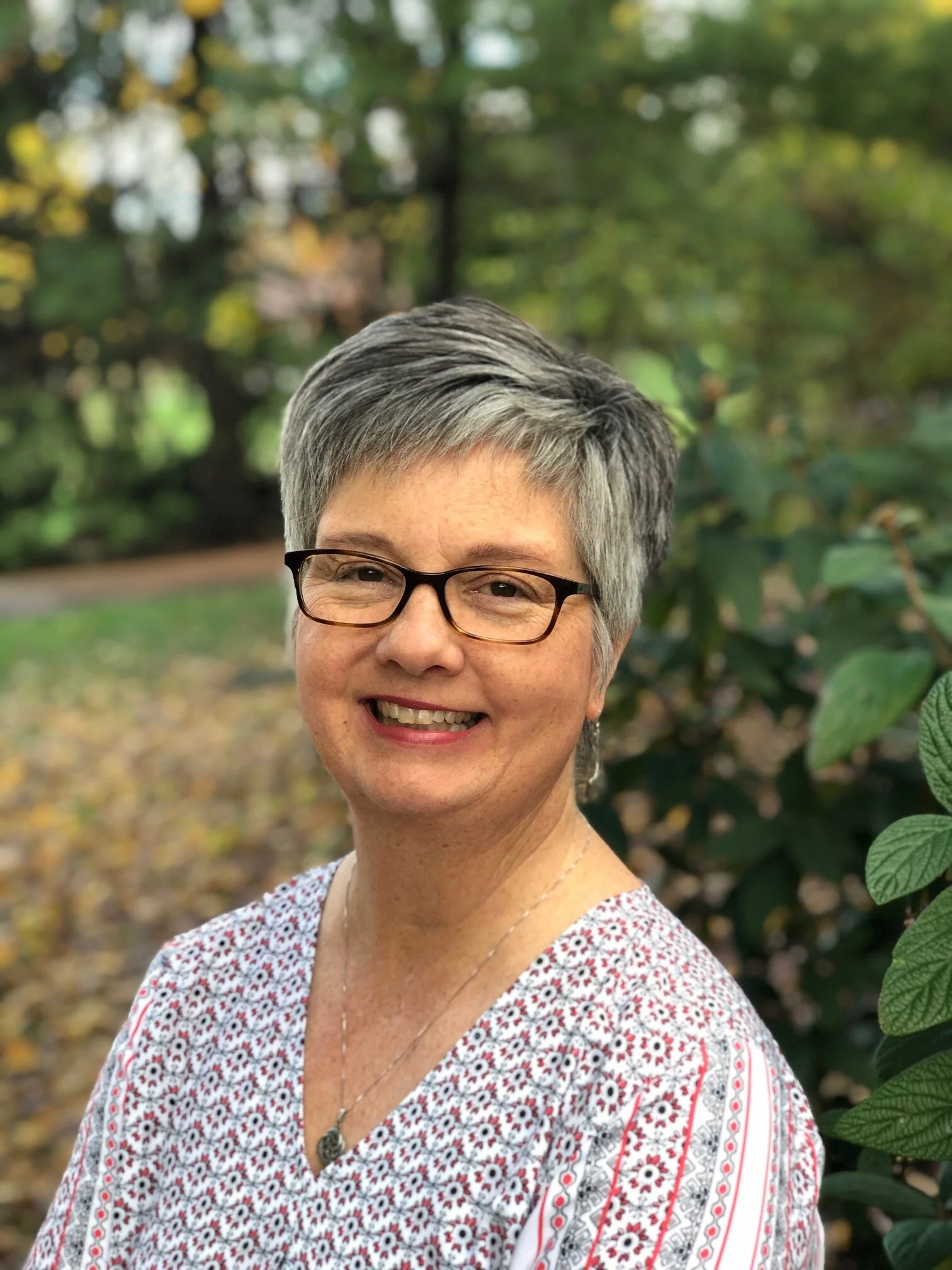Peg’s Story
On an early November morning when I was in second grade, his voice hoarse, my dad delivered the news that our mom had died. She had been diagnosed with breast cancer two years earlier, but I only knew that she was sick and had been in and out of the hospital since summer, her once vibrant presence at the center of our family receding like a tide, leaving only a gaping grayness.
I had no words to describe how I felt as a 7-year-old, and there was nothing in my family or the broader culture that supported open conversation about emotions, especially related to terminal illness, grief, and loss. It was 1970. Hospice care did not even begin in the US for another four years. Elizabeth Kubler Ross’ pioneering book On Death and Dying had just been published. The idea of children’s grief programs was still more than a decade away.
In this milieu, I soon transformed into a responsible, capable young girl to cope with the aftermath of mother loss. I helped care for my siblings and worked hard in school to buffer against anxiety and sadness, internalizing the implicit message to soldier on and avoid painful feelings. By the time my dad remarried when I was 11, I had fully adapted to this ethos. Over the next year, as we moved to a new house across town, a new baby brother came along, and my stepmother legally adopted us, we closed the door on our loss. This was the happy ending to our sad story, it seemed.
Certain aspects did bring happiness of a sort, like having a person in the mom role to take me shopping and model things like how to write a thank you note or give a dinner party, and the appearance of being a more “normal” family again.
But unspoken emotions do not simply vanish. They remain buried inside until something prods them to the surface. In my mid-20s, nearly two decades after my mom had died, on a sunny June morning, I drove my friend and roommate downtown after following her to a garage to leave her car for repair. Dropping her off across from her office tower where she worked, I pulled ahead to turn right at the light. Before I reached the intersection, I heard a terrible THUMP sound. Instantly I knew she had been hit, but still I thought, “NO, please no” as I stopped the car and jumped out to see her lying in the street struggling to get up. Already I heard sirens as bystanders gathered around her. Fortunately, she recovered from her injuries over a period of months. But I was never the same.
That summer, I often became weepy for no apparent reason. I lost my appetite and dropped more than 10 pounds. Inside I felt lost and afraid, which felt weirdly familiar. Finally, I connected this inner sensation to the way I had felt right after my mom died. Was this grief? Was it possible to grieve a loss that had happened so long ago? Yes, and yes, I soon learned. Though I finally began to put words to my feelings, my grief also emerged as disconcerting body-based reactions, such as gut-level sobs, fiery outbursts, and profound emptiness as I gradually came to know the young girl who still resided within me. During this period, I married (my friend’s brother!) and we had three children. Mothering them in all the little and big ways made me feel closer to my mom and acted as a healing salve, as did my husband’s unconditional love, for which I remain grateful daily.
Briefly I might have thought that I was “over” my loss by the time I reached age 40, but as my children grew into elementary school, the contrast between their natural joy and playfulness and my over-maturity at that stage of life awakened another layer of emotion. The untangling of further anger and grief left me alienated from my mom’s memory and history. Who was I, really? The adoption by my stepmother had changed my birth certificate permanently, which now seemed to have erased my mom altogether. This questioning intensified during the years of coordinating eldercare as my dad and then my stepmother declined due to illnesses and died.
Clearing out their condo, I discovered unexpected memorabilia of my mom, like yearbooks and photos, and claimed familiar heirlooms such as her china, silver, and crystal. Inspired by these finds, I became like an archeologist, digging into my mom’s life and death. Somehow, I needed to understand more of who she was and what had happened, to graft our identities back together. I interviewed my aunts and several friends, visited places of significance like her high school, my grade school, and the library we had patronized. All the while, I wrote about it. Serendipitously, in the middle of the process, I attended a Motherless Daughters retreat led by Hope Edelman and Claire Bidwell Smith, where connecting with other women who had lost their moms young brought solace I couldn’t imagine before. I felt seen and understood.
Now, 50 years after my mom’s death, I am clear that I’ll never be “done” with my loss, but I’ve grown much more comfortable with it as regular part of my life. Sometimes sadness will be triggered but more often, I find joy in sharing about my mom and my healing journey. After so much silence, telling my story at last, is a gift.
Peg Conway is a writer and energy healer in Cincinnati, OH. Her memoir of early mother loss and lifelong grieving, The Art of Reassembly, will be published in November 2021 by She Writes Press. She leads a monthly book discussion for adults bereaved in childhood (sign up here). Follow her on Instagram or Facebook.



